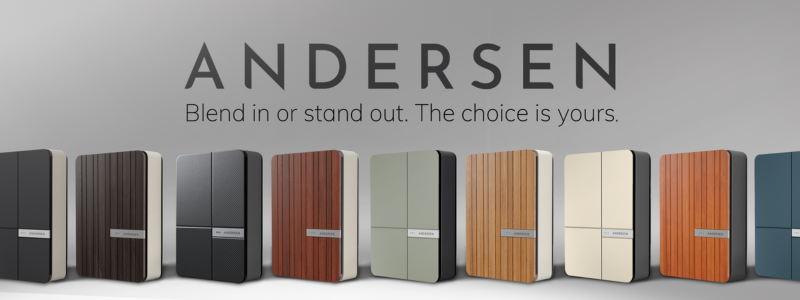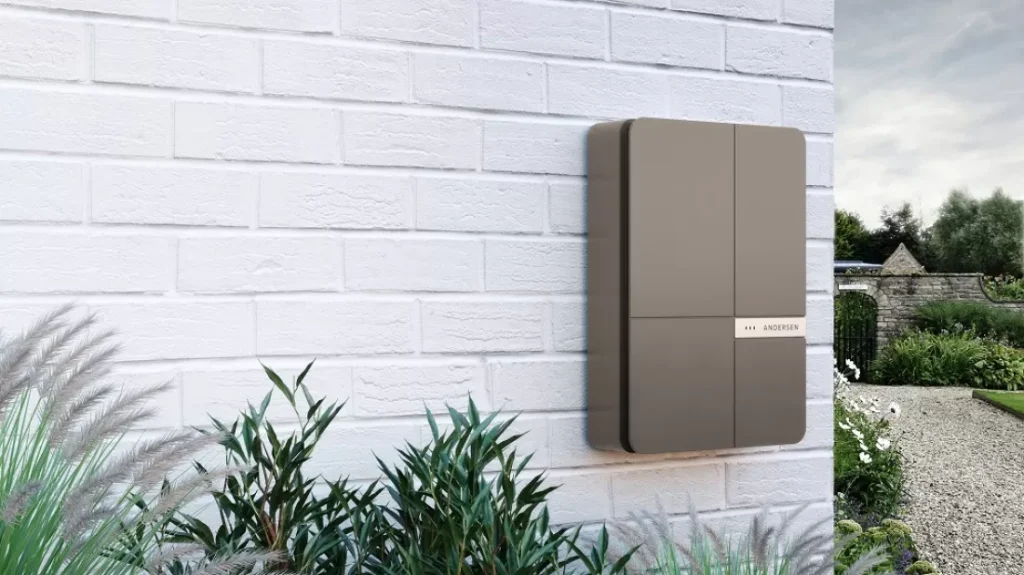
Are you looking for EV chargers for your electric car or plug-in hybrid? This guide will offer some tips on how to choose the best home EV charger for electric car charging.
Home Charger for EV
Here at Smart Home Charge, we only sell and install the best home EV chargers that we would be happy to have installed at our own homes.
But it’s still good to be equipped with the knowledge yourself so you can make an informed decision and select the right product for home electric vehicle charging.
There are four key areas to consider:
Budget
Tethered or untethered
Kerb appeal
Unique features
Budget

The cost of the electric car charger will be the main consideration for most, particularly after prices have increased somewhat since the electric vehicle homecharge scheme (or OZEV Grant) ceased in March 2022.
We have a range of EV chargers to suit different budgets, starting from £897 including installation. The cost of a home charge point is all relative, though – if you’re in the market for a premium charger such as the super stylish Andersen A2 then expect to pay a little more.
Plus, Smart Home Charge offers flexible payment options so you can spread the cost of the charger and installation from as little as around £11 per month.
You can even buy an EV charger on its own from us without installation if that is your preference.
CHARGER BUDGET RANGE
Lower-cost chargers
waEV EV1 – a very capable, but more affordable home EV charger.
Ohme ePod – retains the same great features of the Ohme Home Pro, but does not come with a cable attached.
Mid-range cost chargers
Easee One – a stylish, quality and feature-rich EV charger that offers both tethered and untethered functionality at an affordable price.
Ohme Home Pro – an excellent upgrade to the already excellent Ohme Home without the need for an earth rod.
Premium chargers
Andersen A2 – if you’re looking for something of higher quality then the Andersen A2 with its range of stylish finishes is the perfect choice.
Tethered or untethered home charger
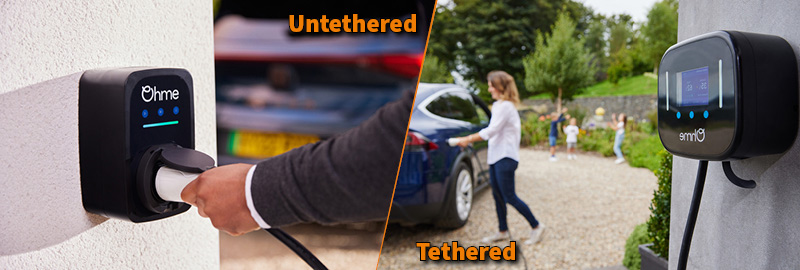
The question of whether to purchase a tethered charger or untethered charger is slowly becoming redundant as there are already a handful of products which offer both options interchangeably, such as the Easee One.
Since some of the best home electric car chargers are still only available as one or the other, let’s run through what on earth tethered and untethered means along with the pros and cons.
Tethered chargers
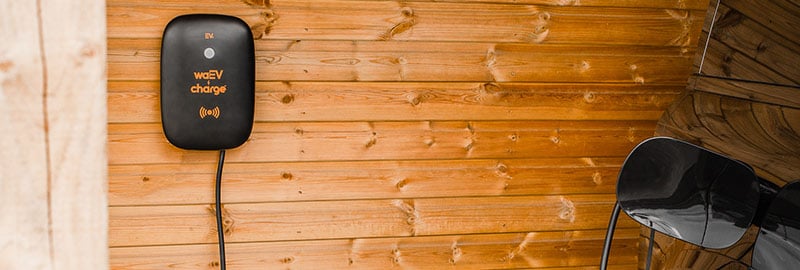
A tethered EV charger simply means the charging cable is permanently attached to the electric vehicle charger unit. Many customers find this more convenient as the cable is always at hand – you just need to uncoil it and plug it in to your vehicle.
However, it can mean you’re restricted to the cable lengths offered by the manufacturer, which is usually five metres as standard, but some manufacturers (such as Andersen) offer a range of cable lengths Off-street parking space can be limited, even for detached homes, so the charging unit and how it fits into the space’s daily use needs to be carefully considered.
You’ll also need to ensure the cable matches your electric vehicle’s plug socket. This is because EVs have different plug sockets on them for charging at home – either Type 1 or Type 2 – so you have to make sure the tethered charger will “fit” your electric car in advance.
It’s a bit like the different charging connections on an iPhone versus other smartphones. Or VHS and BetaMax if you’re old enough to remember those – VHS tapes only work with a VHS player and vice versa with BetaMax.
Luckily, almost all modern electric cars are Type 2 nowadays so this issue does not affect most drivers. However, if you do happen to have a Type 1 electric vehicle (such as the older Nissan Leaf) then you will need to specify a Type 1 charger if you want a tethered unit. Keep in mind that if you have visitors with a Type 2 vehicle or you decide to change your EV in future to a Type 2 vehicle then your existing unit will not be compatible.
For drivers of Type 1 vehicles, an untethered unit may be best for future-proofing charging an electric car.
PROS AND CONS OF TETHERED CHARGERS
Pros
– More convenient – simply uncoil the cable and plug-in
– More secure – the cable is part of the unit so it’s harder to be forcibly removed
– Cable included – which may mean you do not need to purchase a charging cable separately
Cons
– Lack of flexibility
– Restricted to charging Type 1 vehicles only or Type 2 vehicles only
– Limited choice of cable lengths
Untethered EV chargers
An untethered EV home charger has no cable permanently attached to the unit itself. Instead, it has a socket, hence why they are sometimes called “socket-only” EV chargers. A good example is the Ohme ePod.
An untethered charge point will require you to plug the car’s charging cable into both the home charger and the vehicle.
They don’t usually come with a cable as standard, so you will need to source your own cable if your car does not come with one already. To be honest, we’d always recommend purchasing an EV cable anyway to keep in the boot for charging an electric car at public chargers.
You may be wondering why someone would choose an untethered electric car charge point. After all, it sounds a lot less convenient for electric car charging.
An untethered charge point offers more flexibility. It can charge any electric vehicle because the socket is universal and you are also not restricted on cable length – simply measure up and buy a suitably long-enough cable. As mentioned before, off-road parking isn’t always simple, so having extra space or the ability to use a longer cable for charging overnight may be useful.
Some customers also think they are neater because there aren’t any cables on show when the charger isn’t in use. Of course, this does come down to personal preference – would you rather bundle the cable into your boot and get it out each time you use the charger (but have an arguably neater look when not in use) or need to coil/uncoil the tethered cable on each use, but save time plugging in and not needing to place a potentially wet cable into your car?
As we mentioned earlier, some chargers like the Easee One do away with this need to choose by allowing you to have a tethered and untethered unit in one charge point. Plus some tethered chargers, like the Andersen A2, have built-in cable tidies and hide the cable altogether anyway.
PROS AND CONS OF UNTETHERED CHARGERS
Pros
– Works with all electric cars
– No cables permanently on display
– Option to choose your charging cable length
Cons
– Potentially less secure as the charging cable itself is easier to access
– You have to supply your own charging cable
– You need to store the cable somewhere after each use
– The cable may be wet or dirty before storing away
Best of both worlds
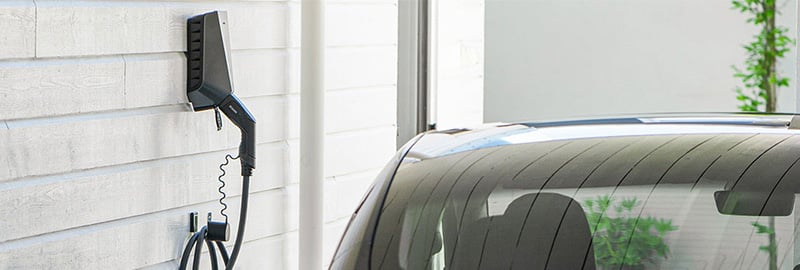
The alternative is to avoid the hassle of choosing tethered or untethered altogether – purchase the Easee One or Ohme ePod and get the best of both worlds.
These products are untethered as standard, but are able to operate as a tethered home charging point by “locking” your cable into place. So you can decide whether to use your smart EV charger as untethered or tethered at any time(though you will need to purchase an additional cable to enable this).
Kerb appeal

Although EV home chargers are functional devices first, there’s no shame in wanting something that looks nice. After all, it is very likely going to be on the front of your house for all your neighbours to comment on.
EV chargers come in all sorts of shapes and sizes, ranging from the slick Scandi style of the Easee One to the premium finishes available with the Andersen A2 – including Accoya Wood!
When choosing a charger to suit you and your home, consider:
The style – which types of chargers do you just like the look of?
The location – think about where you’d like your charger to be located. This might affect your choice more than you might imagine – if it’s out of sight, then perhaps you won’t be so bothered by the looks, but if it’s on the front of your house for all to see then maybe you’ll want something a bit more stylish when you charge an electric car.
Dimensions – some chargers are larger than others, so consider this alongside the charger location and the ease of access to the power supply.
Unique features
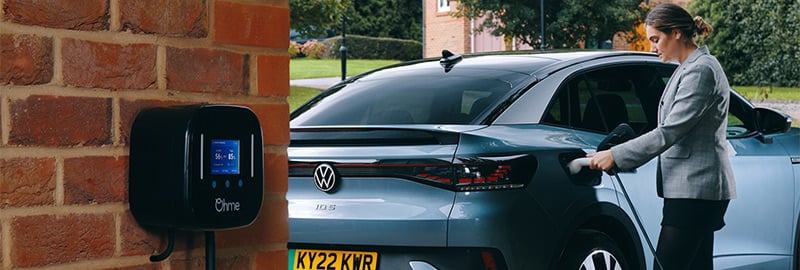
Are there are any specific features you must have, as this could defeat all other considerations before you move ahead with an EV charger installation?
Most smart chargers offer similar functions and features nowadays, such as helping you monitor your charging costs on your energy bills, smart charging and the ability manage your charging schedule, auto power balancing and so on but some still have unique offerings to help you charge an electric car.
For example, if you want a smart charger that works automatically with an energy tariff like Octopus Agile then the Ohme Home Pro is your only realistic choice.
Do you have poor WiFi reception where your charge point installation will be located? Most chargers that have some sort of smart functionality use WiFi to connect to your home internet, but many are increasingly including a mobile data connection as a backup.
If you have a ropey WiFi signal, but a strong mobile signal, then it’s worth considering the Easee One as it utilises both to maintain a steady data connection for its smart features.
For most of us, it will be a combination of all the above factors that will help whittle your choice down to select the best EV charging point for home installation that best suits your needs. However, prior getting your car charging point installed, have a chat to use to see what cost effective option might work best for you.



